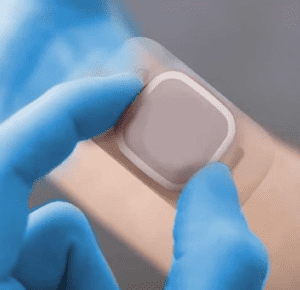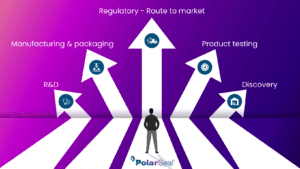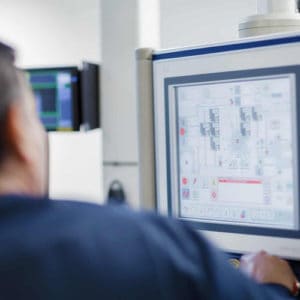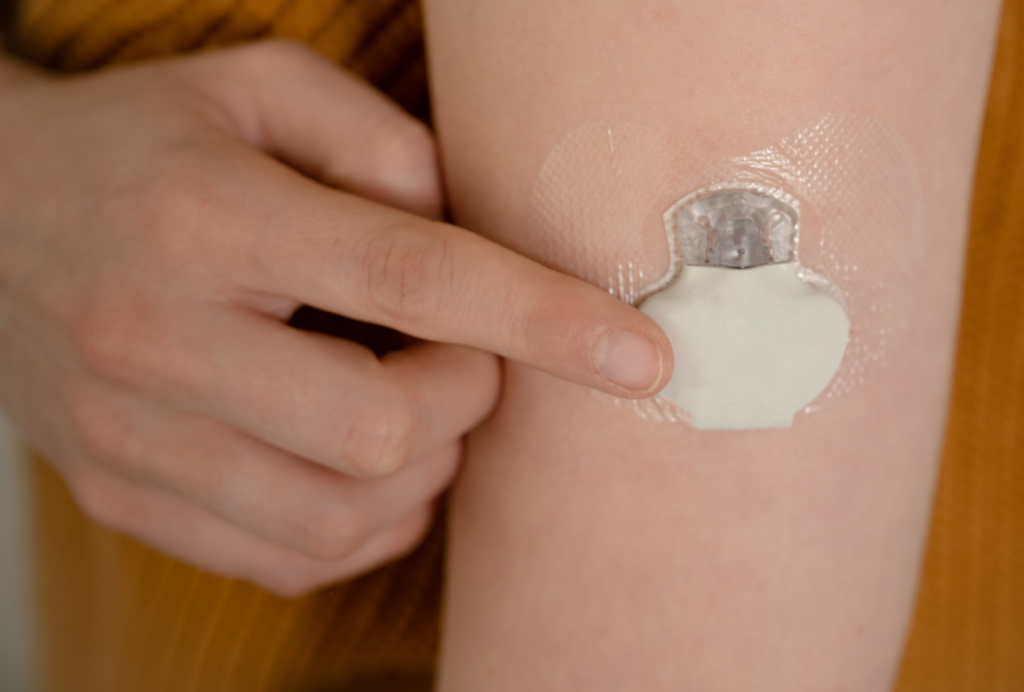The evolution of the wearable medical device traces back to the 13th century with the invention of eyeglasses, by the 1900’s we began to see more advanced technology and the Akouphone Hearing Aid was introduced, the device was worn on the body to amplify sound to increase the signal using electrical current and since then the healthcare wearable has been marked by significant technological advancements and a growing emphasis on personalized and preventive healthcare. In recent years, medical wearables have revolutionized healthcare, offering patients and healthcare professionals unprecedented access to real-time health data. From biosensors and electrodes, to CGM’s and drug smart drug delivery the wearable comes in many forms and the opportunity for advancement appears to be endless.
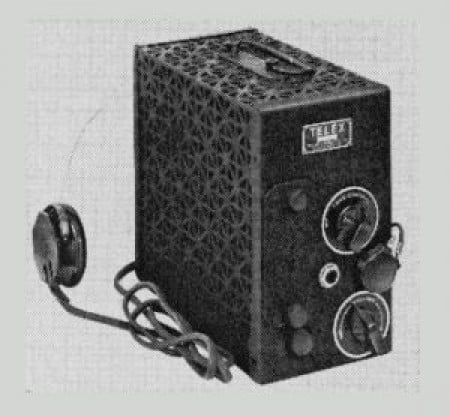
The beginning of the medical wearable
As technology progressed, so did the capabilities of medical wearable. In the 1940s, the ‘Holter Monitor’ emerged, allowing for continuous ambulatory electrocardiography. This portable device provided invaluable insights into heart activity, enabling more accurate diagnoses and treatment plans for cardiac patients. Followed closely by the first true biosensor which came in 1956, the oxygen detecting sensor the ‘Clark Electrode’ the devices was used for measuring oxygen in blood, water and other liquids. Come 1987 and the first digital hearing aid the ‘Nicolet Phoenix’ was introduced, though its commercial success was minimal, the medical market saw the potential and the wearable healthcare industry took off.
The Rise of Wearable Patient Monitoring
By the 21st century, medical wearables began to play a crucial role in remote patient monitoring. Devices like blood glucose monitors and continuous glucose monitoring (CGM) systems revolutionized diabetes management, offering real-time data to patients and healthcare providers, ultimately leading to more effective treatment strategies and a decrease in complications such as hospitalization, illness and death. Other devices such as ECG Monitors recorded and analyzed the electrical activity of the heart over extended periods and still are used for detecting arrhythmias and other cardiac issues. The use of EEG to record brain activity can detect abnormal electrical charges aiding the healthcare professional in diagnosing and treating conditions such as epilepsy, sleep disorders, brain tumours, brain trauma and more.
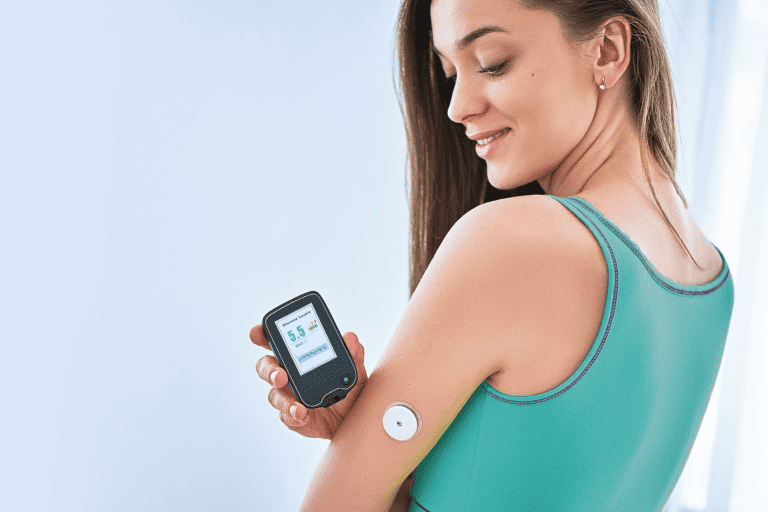
Wearable Tech Meets Fitness and Wellness
In the mid-2000s, the intersection of wearable technology and health and wellness became apparent with the emergence of fitness trackers. These devices, equipped with accelerometers and other sensors, allowed users to monitor their physical activity levels including more advanced sensors, such as blood oxygen saturation (SpO2) monitoring, skin temperature measurement, and even body composition analysis. The monitoring of sleep patterns provides insights into sleep quality and have gained popularity helping individuals improve their sleep habits and identify potential sleep disorders empowering individuals to take charge of their health and well-being.
From Fitness to Health: Smartwatches as Medical Devices
As the technology advances the line between fitness tracking and medical monitoring becomes blurred. Device features such as heart rate monitoring, ECG readings, and fall detection have transformed the wearable into powerful tools for managing cardiovascular health and providing critical insights to both wearers and healthcare professionals. In recent years, the growing recognition of the importance of our mental health has progressed wearables further, equipped with sensors to monitor stress levels, heart rate variability, and sleep quality provides valuable insights into emotional well-being and enables the user to better manage stress and anxiety. These devices contribute to a holistic approach to healthcare, acknowledging the intricate connection between mental and physical health.
The use of wearables by the healthcare industry and general
public enables the monitoring of physical fitness, health and mental wellbeing helping
to prevent the deterioration of existing disease and illness. Wearable devices
and remote monitoring allows healthcare providers to monitor patients’ vital
signs and health metrics and is especially valuable for patients with chronic
conditions, enabling timely intervention if any abnormalities are detected.
The Future of Medical Wearables
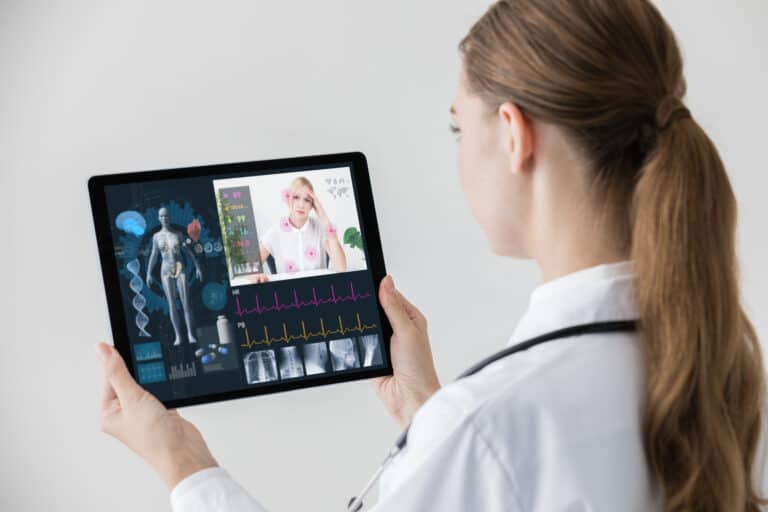
As we look ahead, the potential for medical wearables seems limitless. Advances in artificial intelligence (AI), machine learning, and sensor technology promise even more sophisticated and personalized healthcare solutions. From early detection of medical conditions to personalized treatment plans, the future of medical wearables holds immense promise for improving patient outcomes and quality of life. This evolution continues to be driven by advancements in sensor technology, data analytics, and a growing emphasis on personalized healthcare solutions. As the field progresses, we can expect even more sophisticated and integrated wearable devices to play an increasingly prominent role in healthcare.
Read More from PolarSeal
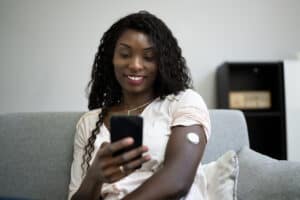
What 5 features your wearable device needs and how to achieve the desired goal?
The advancement of wearable medical devices has accelerated in recent years and wearable devices are now regularly utilised for detection, monitoring and management of a
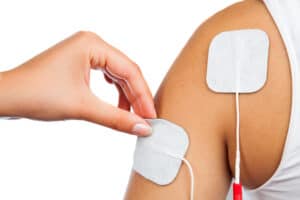
How can PolarSeal fulfil your electrode requirements
Electrode sensors are used in various medical applications to measure electrical signals from the human body to investigate and diagnose a variety of medical conditions.

Converting ideas into Electro-Medical solutions
The manufacturing process for electro-based medical devices such as ECG patches, electrodes and flexible printed circuitry requires a thorough understanding of the device, layers and


